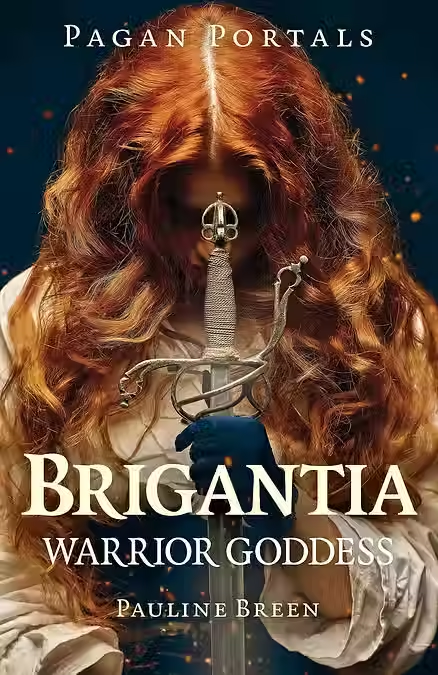Aengus Mac Og by Sue Perryman
- Kitchen Witch

- Feb 3, 2018
- 3 min read

In Irish mythology, this Celtic God is sometimes called Oengus, Aongus, Aonghus or Angus; he is also often given the epithet of Mac ind Óg, Mac in Dá Oc or Aonghus an Bhroga (Angus of the Brugh) and is one of the Tuath Dé Danann.
Aengus is the Irish god of love, youth and poetic inspiration and was conceived after his father, the Dagda fell in love with the goddess Bóinn, wife of Elcmar. The Dagda sent Elcmar on an errand and caused a single day and night to last nine months, so Aengus was technically conceived and born on the same day.
He used trickery to gain his home the Brugh na Bóinne on the banks of the river Boyne (named for his Mother, or the other way around) one version of this story claims that it belonged to his Father, the Dagda, and another that it belonged to his Mother's husband Elcmar, but the basic story remains the same. It is said that he asked the owner to give him the Bru na Bóinn for a day and a night and the owner agrees, but when the owner asks for it back, Aengus tells him that as all time is divided by day and night, it covers all time and the Brugh is now his.
In his role as a god of love, Aengus is seen to give aid to lovers including Dairmait and Gráinne. He was said to have four birds symbolizing kisses flying around his head.
In the tale of The Dream of Aengus, Aengus fell in love with a girl who visited him in his dreams, he yearned for her so much that he became very ill. His parents spent a year each searching all of Ireland for her, but eventually she was found by King Bodb of Munster. Her name was Caer Ibormeith (Yew Berry). Aengus was told he would find her at the Lock Bél Dracon and hurried there to find her with Bodb.
There he found 150 girls chained up in pairs with silver chains. Caer stood out as she was much taller and more beautiful than all the other girls and had a chain of gold. He sent Bodb to visit her father Ethal Anbuail to ask for Caer, but her father initially refused because of her great magic that caused her and the other girls to turn into swans one year and humans the next. He said that this change happened at Samhain and that she would be easier to approach in bird form when she was more vulnerable, than in human form. Aengus waited until Samhain and travelled to the Loch, he called her to him, when she approached he also took on the form of a swan, they flew away to his palace, chanting such sweet music as they flew that everyone in the land slept for 3 days and 3 nights.
In the Wooing of Etain, Aengus completed many trials to win Etain for Midir, his foster father. Midir's wife Fuamnach flew into a jealous rage and casts a series of spells on her to keep Etain and Midir apart. Eventually she turned Etain into a beautiful butterfly that became Midir's constant companion, Fuamnach discovered that the butterfly was Etain and raised a magical wind which blew Etain away, she floated for seven years and eventually landed on the breast of Aengus Mac Óg who recognised her and took her to his home where he took care of her. When Fuamnach found out where Etain was she made her way to the home of Aengus and finding Etain alone she raised another magical wind to blow Etain away again. When Aengus arrived home, he killed Fuamnach for her treachery.
Aengus is often compared to the Welsh god of youth and healing, Mabon ap Modron.
Aengus has several magical possessions, including a magical horse large enough to carry an entire household and a multicoloured cloak that appears to be one colour to a person about to die.
Work with Aengus to bring love or romance into your life, poetic inspiration and dream work.
Offerings to Aengus can include milk, beer, rose petals and feathers.
Sources:
Pagan Portals - Gods and Goddesses of Ireland - Morgan Daimler
Pagan Celtic Britain - Anne Ross
maryjones.us






Comments